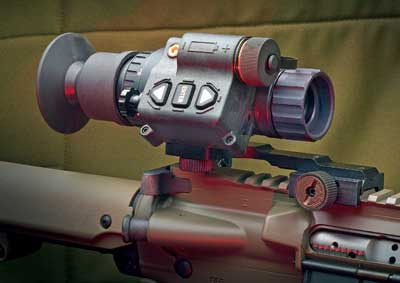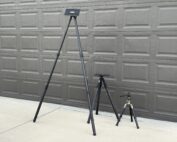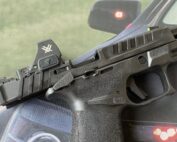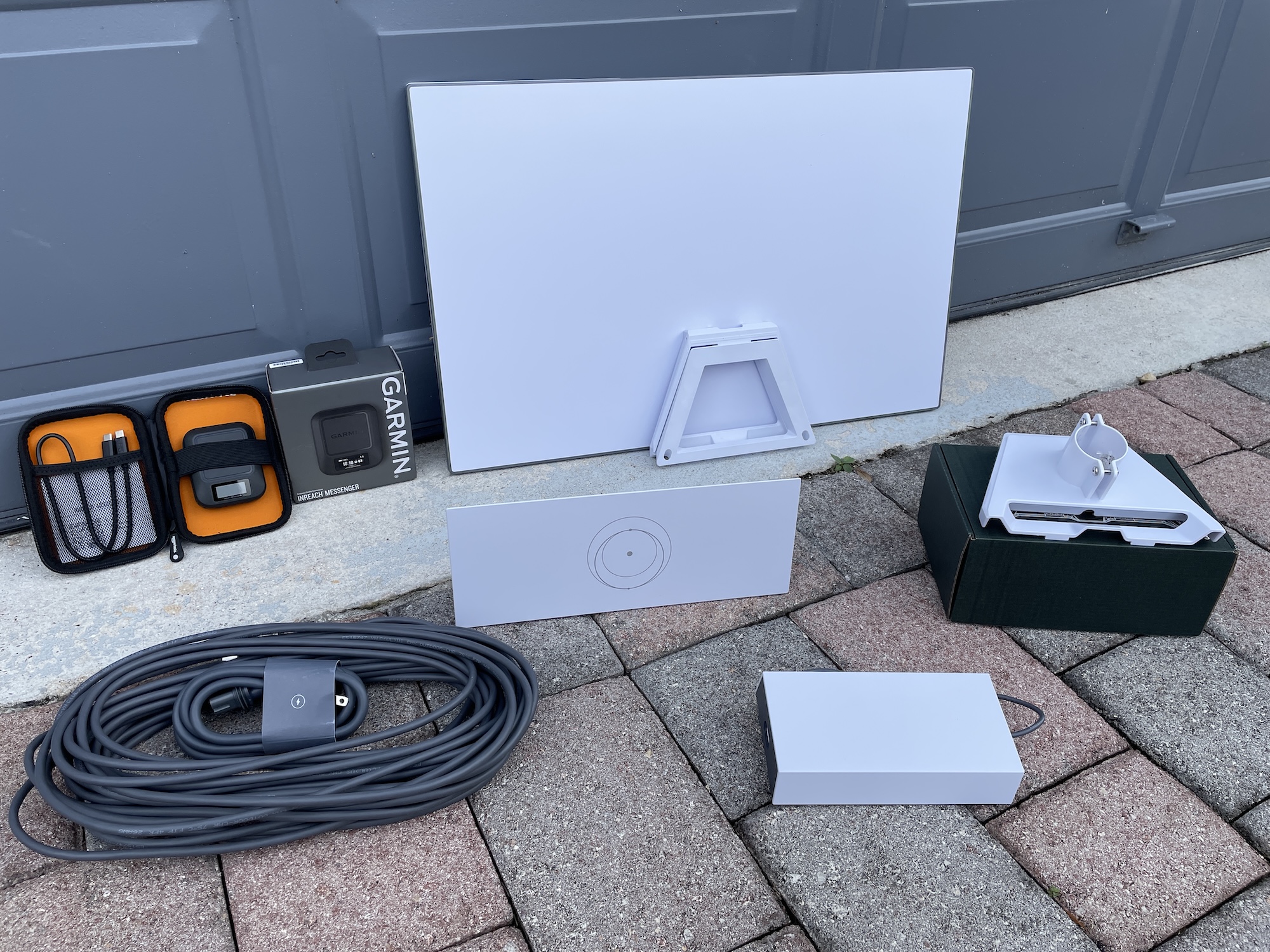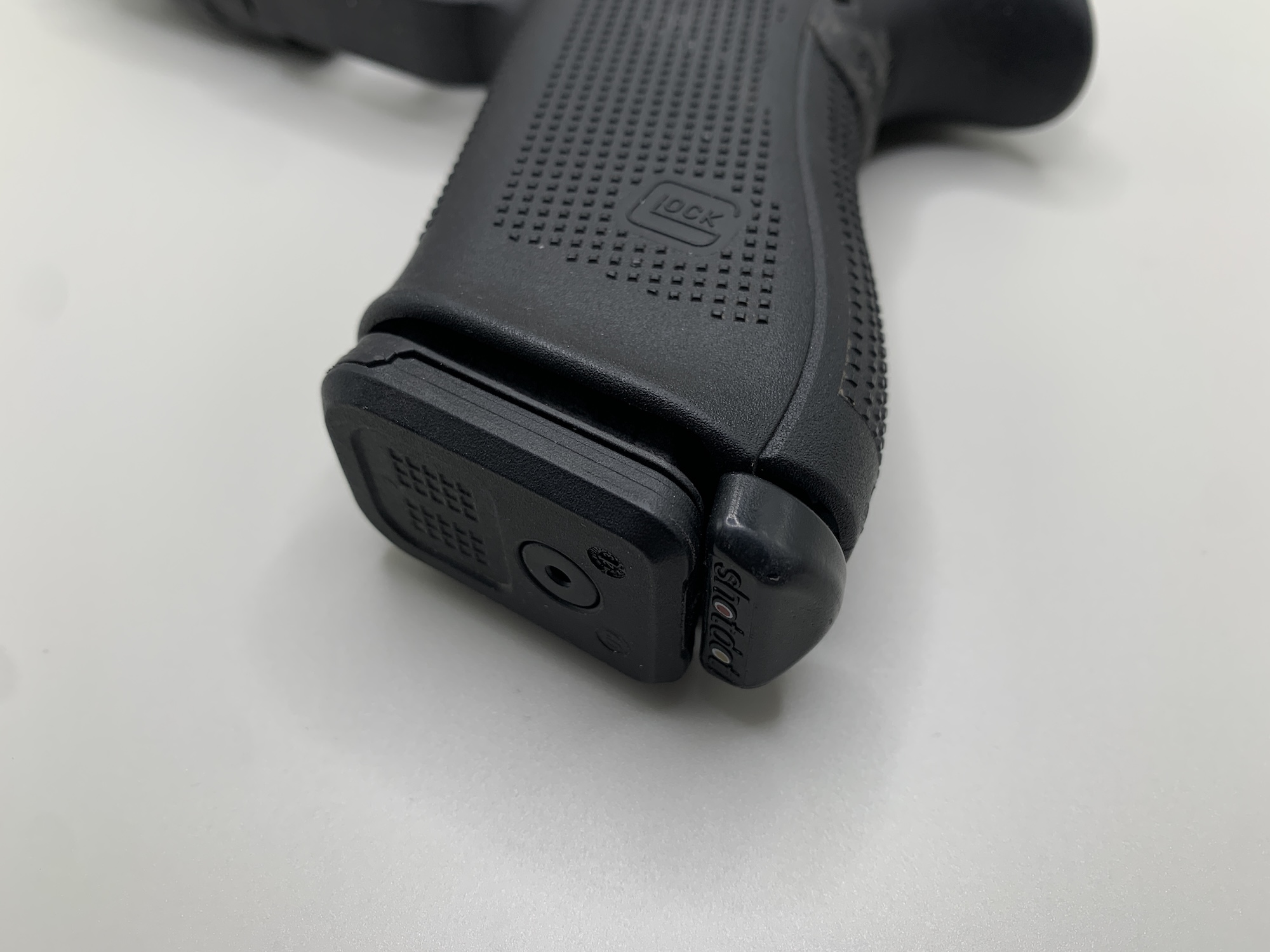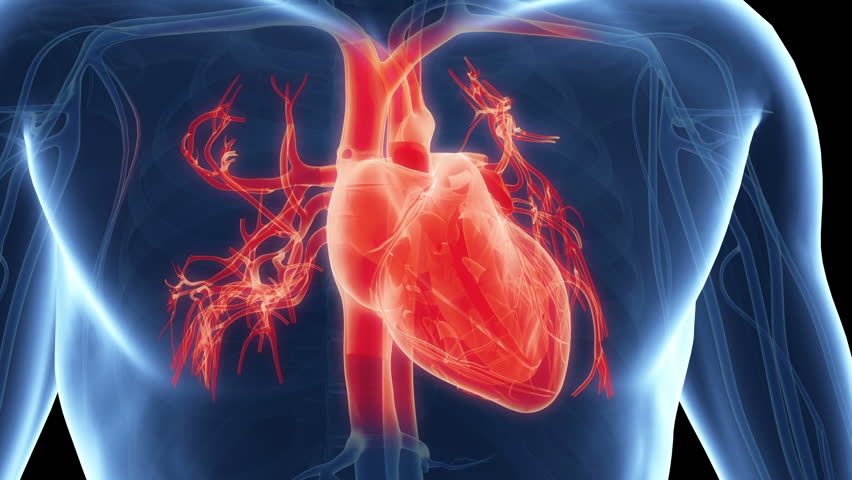
HIGH-3
The Norse God Odin is associated with battle, war, death and victory. Perhaps the most famous of his sons is the God of Thunder, Thor, and his mythical hammer made famous by Marvel Comics. I can just imagine a bunch of pencil-necked, comic-book-reading, Call of Duty-playing, public relations and marketing types in suits and ties sitting around a boardroom table and coming up with that name for a product. But, ATN bought into it. They must’ve been pretty darn confident in the product when they accepted the name. There’s a lot legend to live up to there.
Thermal Imaging
Thermal imagers make pictures from heat, not visible light. Heat or infrared energy or thermal energy and light are parts of the electromagnetic spectrum. Cameras and our eyes detect visible light, but they won’t see thermal energy. Thermal imagers also detect tiny differences in heat — as small as .01 degrees Celsius — and display them as shades of grey in black-and-white TV video. It’s a tricky idea to get your arms around, so just think of it as PFM (pure friggin’ magic); and if you don’t understand the concept, just take my word for it. You can trust me — I used to be a sergeant.
Okay, so here’s a little more. The hotter something is, the more thermal energy it emits. This emitted thermal energy is called a heat signature. Two objects next to each other will have subtly different heat signatures. Since different materials absorb and radiate thermal energy at different rates, an area we think of being one temperature is actually a bunch of subtly different temperatures. A white log in the snow will be a different temperature than the rest of the snow and it’ll be easily distinguished in a thermal imager, whereas if you’re looking with unaided eyes it’ll just be a bunch of white stuff. Thermal imagers detect these temperature differences and translate them into image detail.
The Odin (left) is the same size, shape and weight as the AN/PVS-14.
Form Factor
That’s a high-tech way of saying identical size and shape. The Odin is identical in size, shape and weight to the AN/PVS-14 night vision monocular. It’s a brilliant idea because now any of the accessories or mounts designed for the PVS-14 become interchangeable with the Odin. I was able to interchange an Odin and the PVS-14 on a helmet mount, a gun mount and a camera mount too. So, if your organization already has PVS-14’s, the added expense of buying all sorts of different mounting systems to accommodate a thermal imager and make it useful in the field is no longer an issue.
Most of the other thermal imagers I’ve seen are built for use by fire personnel or as monoculars and binoculars. They’re bulky, with large viewing screens and often with weird handles. The dedicated thermal weapon sights are just that — dedicated weapon sights. Some models of the Odin can be used in both roles.
Within the switchology of the Odin is a selection for reticules: Choose from black, green or red, from five different types. You can customize your selection to the different color schemes produced by the Odin. Additionally, you can select increased digital magnification up to 8X, increasing the versatility of the unit when used as a weapon sight.
Since the Odin accepts practically any AN/PVS-14 accessory,
you can use any mounting system you wish.
Left: The J-hook attachment helmet mounting system makes the Odin one of
the most versatile thermal imagers available.
A Good Idea
The whole idea behind the Odin is to provide law enforcement and the military with a system that’s versatile and highly usable. It’s very compact — the size of an AN/PVS-14. It has pretty much every feature the larger units have, including black/white polarity, multiple color modes, digital brightness control, digital zoom, video output and an icon-based menu. To top it all off, the unit is made in the USA with mil-spec optics. The Odin is as formidable as the Norse God for which it was named. I guess the marketing geeks were right … this time.
For more info: www.americancop.com/company/american-technologies-network
By Dave Douglas
Order Your Printed Copy Of The American COP February 2014 Issue Today!
Download A PDF Of The American COP February 2014 Issue Now!


 (No Ratings Yet)
(No Ratings Yet)
